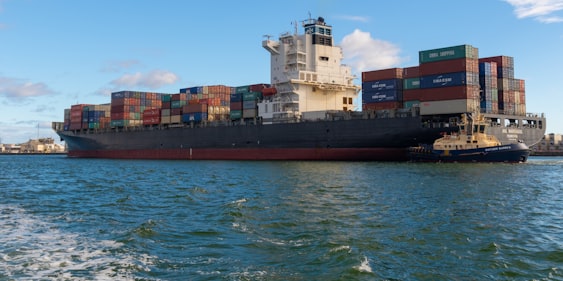
According to IEA global coal demand is expected to increase for the second year in a row in 2018, and remain stable over the next five years as declines in Europe and North America are offset by strong increase in India and Southeast Asia.
Namely, because of the environmental restrictions, coal divestment campaigns, phase-out announcements, declining costs of renewables and abundant supplies of natural gas there is a pressure on coal. As a result, coal’s contribution to the global energy mix is...
https://safety4sea.com/iea-coal-demand-will-remain-stable-through-2023/








